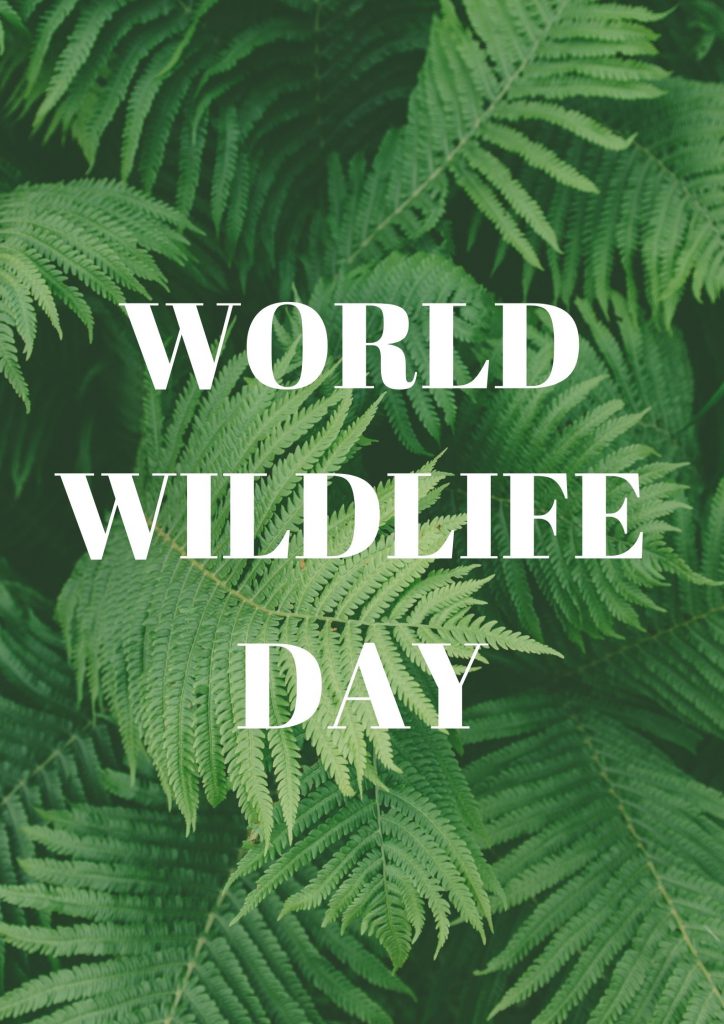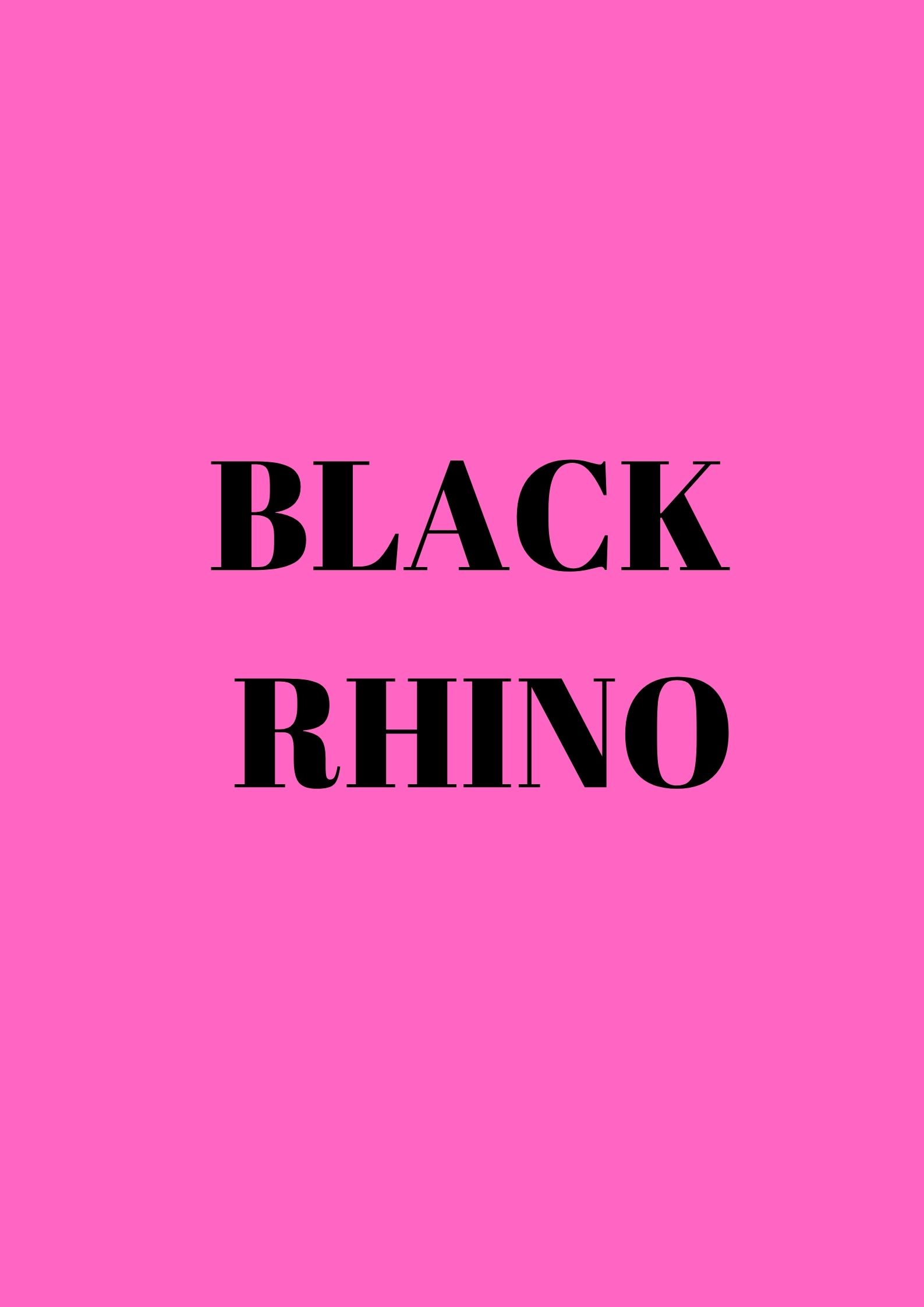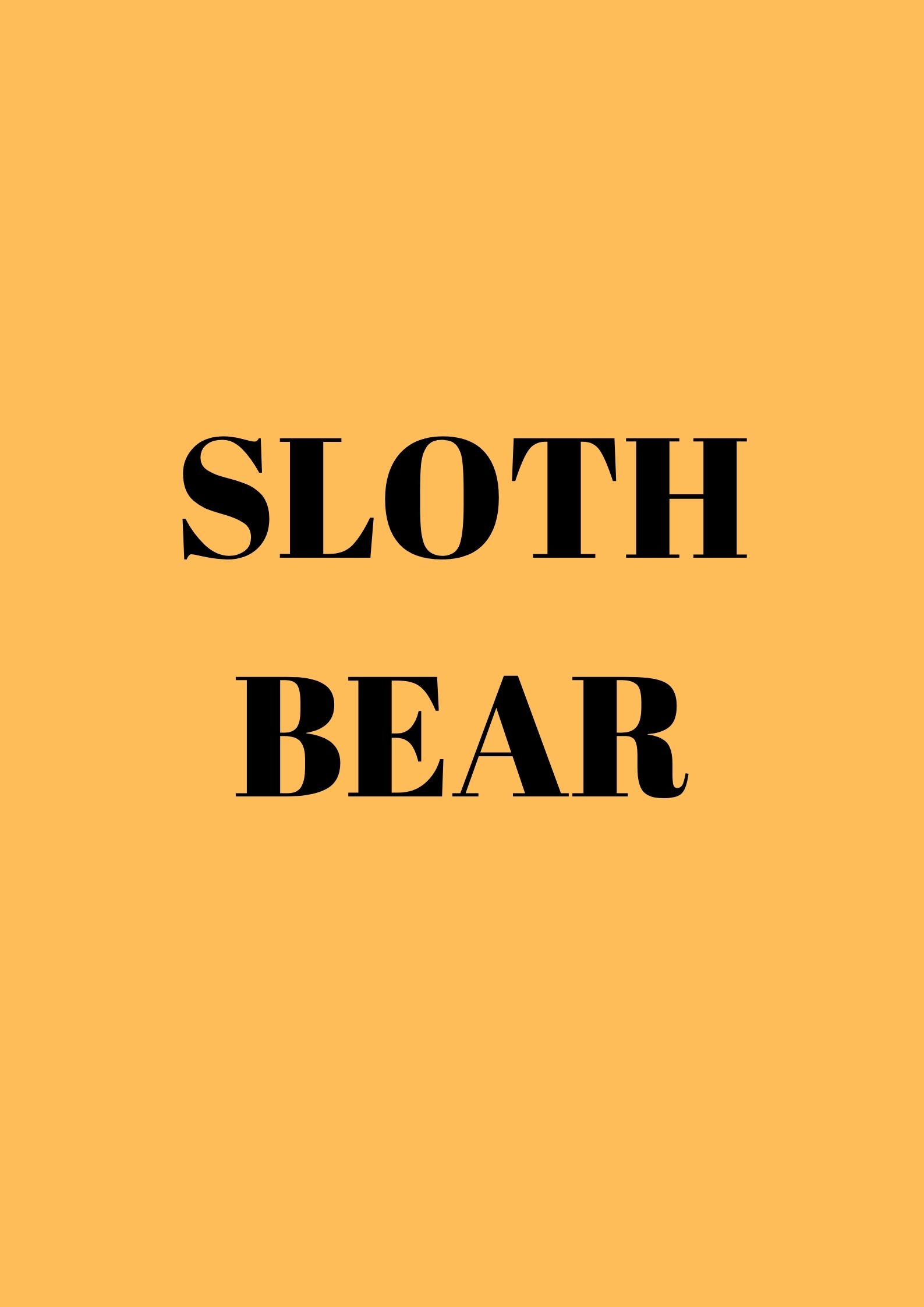

WILD ANIMALS
1- AFRICAN ELEPHANT
2- BLACK RHINO
3- BLUE WHALE
4- CHEETAH
5- GENTOO PENGUINS
6- GILA MONSTER
7- HIPPO
8- POLAR BEAR
9- SECRETARY BIRD
10- SLOTH BEAR

AFRICAN ELEPHANTS
HABITAT: Forest, savannah
TYPE: Mammals
LOCATION: Sub-Saharan Africa, Central and West Africa
DIET: Herbivore
FACTS ABOUT AFRICAN ELEPHANTS
*African elephants have larger ears than Asian elephants.
*They are the largest land animals on earth.
*They can eat up to 300 pounds of food in one day.
*They eat roots, grasses, fruit and bark.
*They can live up to 70 years.
*People poach them for their tusks.
RESOURCE: https://www.nationalgeographic.com/animals/mammals/facts/african-elephant

BLACK RHINO
HABITAT: Grasslands, savannahs, tropical bush lands
TYPE: Mammal
LOCATION: Eastern Africa, Southern Africa
DIET: Herbivore
FACTS ABOUT BLACK RHINOS
*They eat trees, bushes, leaves, fruits and grass.
*They have two horns.
*People poach rhinos for their horns.
*They find a suitable hole and roll in its mud. They coat their skin with mud and it becomes a natural bug repellent and sun block for them.
*They have sharp hearing and a keen sense of smell.
RESOURCE:
https://www.nationalgeographic.com/animals/mammals/facts/black-rhinoceros

BLUE WHALE
HABITAT: Oceans
TYPE: Mammal
LOCATION: Oceans
DIET: Carnivore
FACTS ABOUT BLUE WHALES
*Blue whales are the largest animals ever known to have lived on earth.
*They can weigh up to 200 tons.
*A single adult blue whale can consume about 4 tons of krill a day.
*They are among the loudest animals on the planet.
*Blue whales can hear each other up to 1.000 thousand miles away.
*They are among Earth’s longest-lived animals. They can live up to 80-90 years.
RESOURCES: https://www.nationalgeographic.com/animals/mammals/facts/blue-whale

CHEETAH
HABITAT: Grasslands, savannahs, dry forests
TYPE: Mammal
LOCATION: Eastern Africa, Southwestern Africa
DIET: Carnivore
*The cheetah is the world’s fastest land mammal.
*Cheetahs live up to 10-12 years.
*A cheetah can go from 0 to 60 miles an hour in only three seconds.
*They especially hunt for antelopes and hares.
RESOURCE: https://www.nationalgeographic.com/animals/mammals/facts/cheetah

GENTOO PENGUINS
HABITAT: Sub-Antarctic islands
TYPE: Birds
LOCATION: Antarctic
DIET: Carnivore
*Gentoo penguin is the third largest penguin.
*Gentoo penguins have red-orange beaks.
*They live about 15 – 20 years.
*They eat fish, squid and krills.
*They can remain under water for up to 7 minutes.
RESOURCE: https://www.nationalgeographic.com/animals/birds/facts/gentoo-penguin#:~:text=These%20charismatic%20waddlers%2C%20who%20populate,%2C%20sheltered%20valleys%2C%20and%20cliffs.

GILA MONSTER
HABITAT: Deserts
TYPE: Reptiles
LOCATION: Southwestern U.S. , Northwestern Mexico.
DIET: Carnivore
*Gila monsters can live up to 20 years.
*They are venomous.
*They feed primarily on eggs raided from nests and newborn mammals.
RESOURCE: https://www.nationalgeographic.com/animals/reptiles/facts/gila-monster

HIPPO
HABITAT: Rivers and lakes surrounded by grasslands
TYPE: Mammals
LOCATION: Eastern, Central and Southern sub-Saharan Africa
DIET: Herbivore
*They can live up to 40 years.
*They can weigh up to 1.5 – 4 tons.
*Hippos love water. They spend up to 16 hours a day submerged in rivers and lakes. It helps them keep their bodies cool.
*They are good swimmers.
*They can hold their breath underwater for up to five minutes
RESOURCE: https://www.nationalgeographic.com/animals/mammals/facts/hippopotamus

POLAR BEAR
HABITAT: Arctic sea ice, water
TYPE: Mammals
LOCATION: Arctic
DIET: Carnivore
*Polar bears live about 25-30 years.
*They roam the Arctic ice sheets.
*They are very strong swimmers.
*They have a thick coat of fur.
*They typically prey on seals.
*They give birth in winter.
RESOURCE: https://www.nationalgeographic.com/animals/mammals/facts/polar-bear

SECRETARY BIRD
HABITAT: Savannahs, Grasslands, and Shrub Lands
TYPE: Birds
LOCATION: Sub-Saharan Africa
DIET: Carnivore
*They can live about 10-15 years.
*They primarily move around on foot. They fly only when necessary.
*They have very long legs.
*It’s a bird of prey. It hunts on the ground instead of from the air.
*They prey on small rodents, amphibians, and reptiles.
*They generally stomp their prey to death with their large feet and sharp claws.
RESOURCE: https://www.nationalgeographic.com/animals/birds/facts/secretary-bird

SLOTH BEAR
HABITAT: Forests
TYPE: Mammals
LOCATION: South Asia
DIET: Omnivore
*Sloth bears can live up to 40 years.
*They feed on insects, fruits , flowers. They especially prefers termites and ants
*They carry their cubs on their back.
*They have long snouts.
*They have long and curved claws. They can penetrate nest mounts (such as ant nest) with their claws.
*They suck out the insects.
RESOURCE: https://www.nationalgeographic.com/animals/mammals/facts/sloth-bear
Published: Mar 2, 2021
Latest Revision: Mar 3, 2021
Ourboox Unique Identifier: OB-1063372
Copyright © 2021








